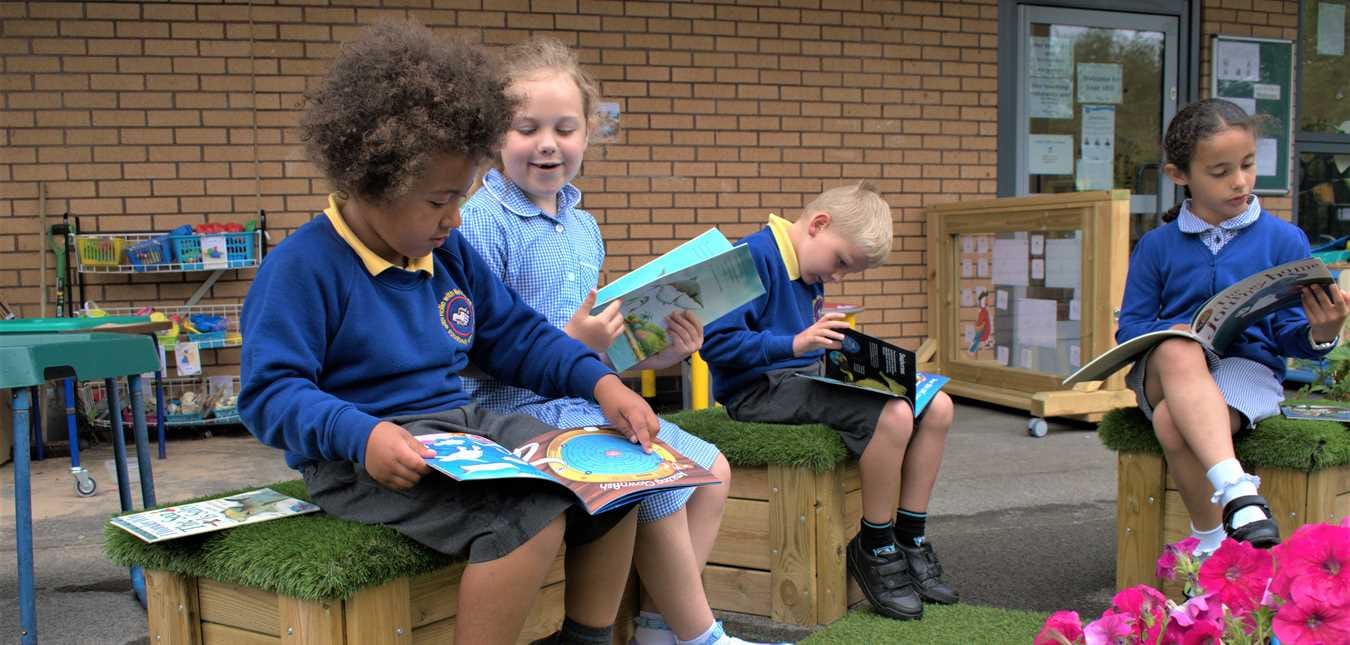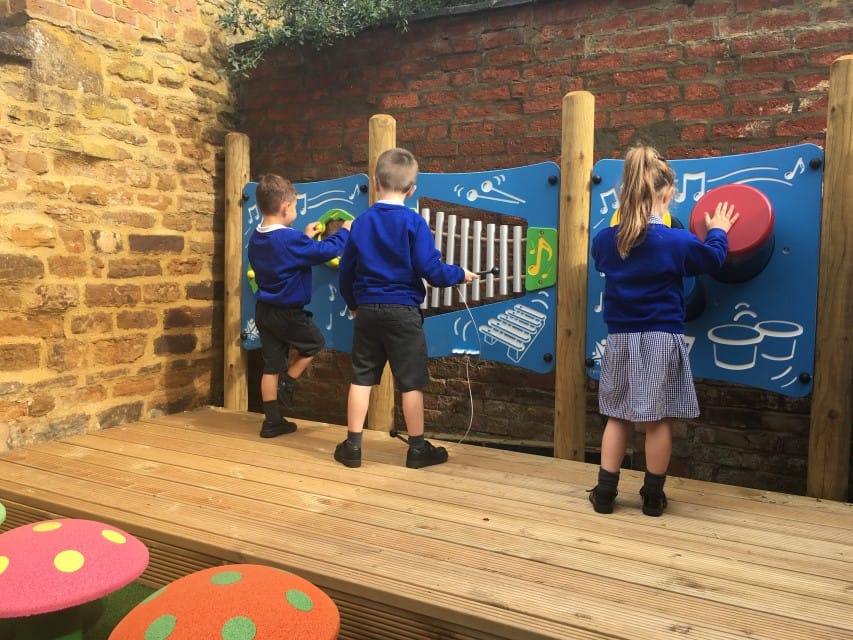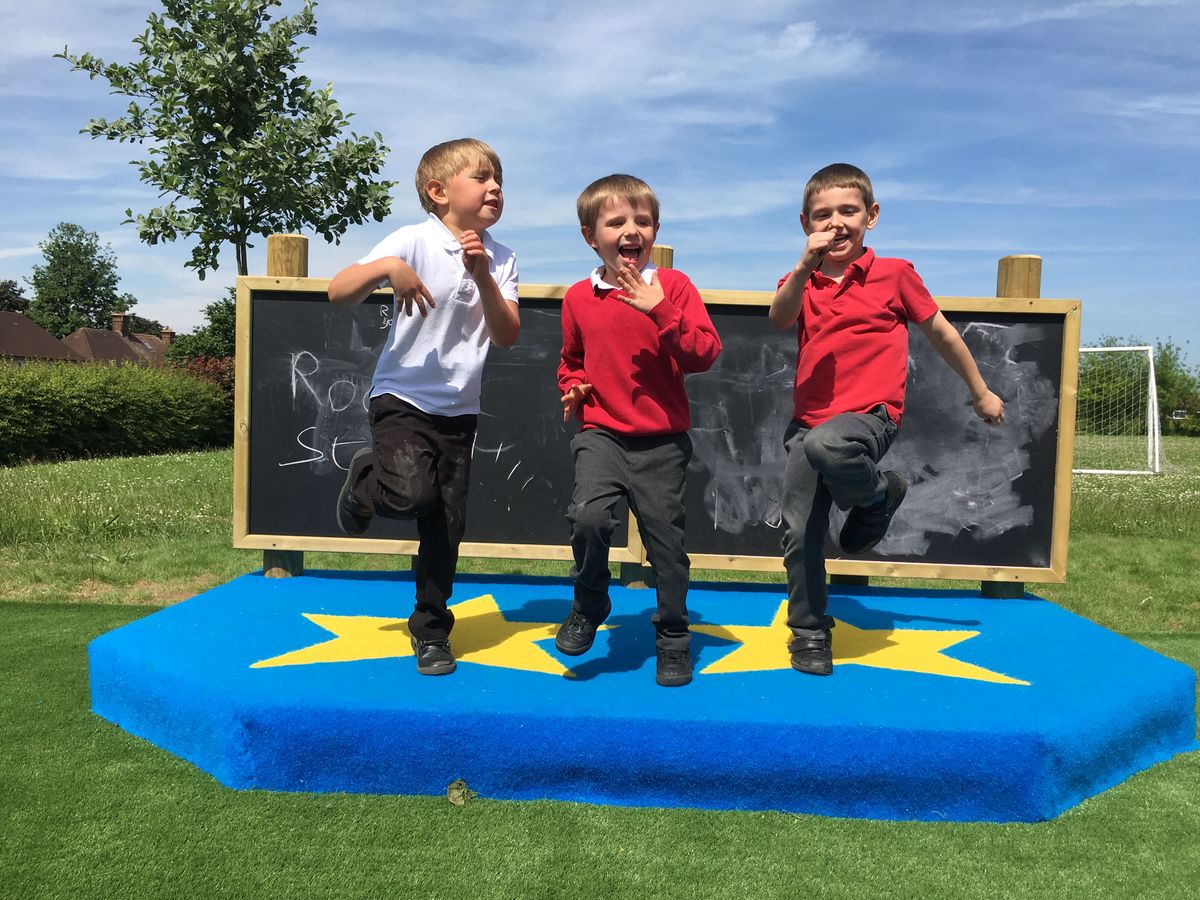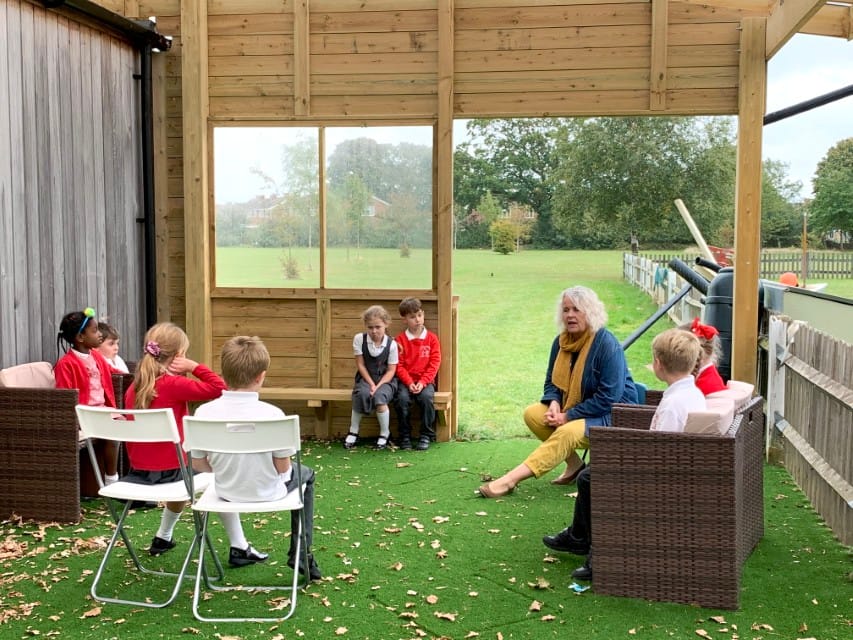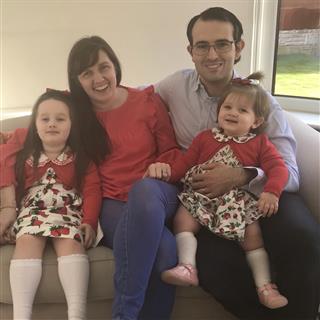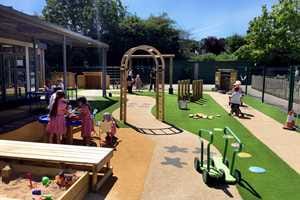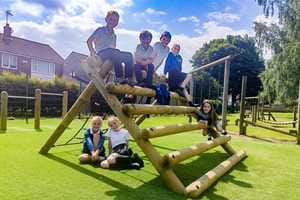
Lesson Ideas and Activities
Phase 1 Phonics Explained!
Phase 1 phonics is the first exciting step in a child’s journey in learning to read and concentrates on developing speaking and listening skills. Children will learn to listen to sounds in the environment around them and to discriminate between them.
Children need many opportunities to listen carefully to sounds to fully develop their listening skills when identifying and matching letter sounds.
Learners will be able to identify the different sounds that exist within words before matching sounds to letter shapes enabling them to confidently read words.
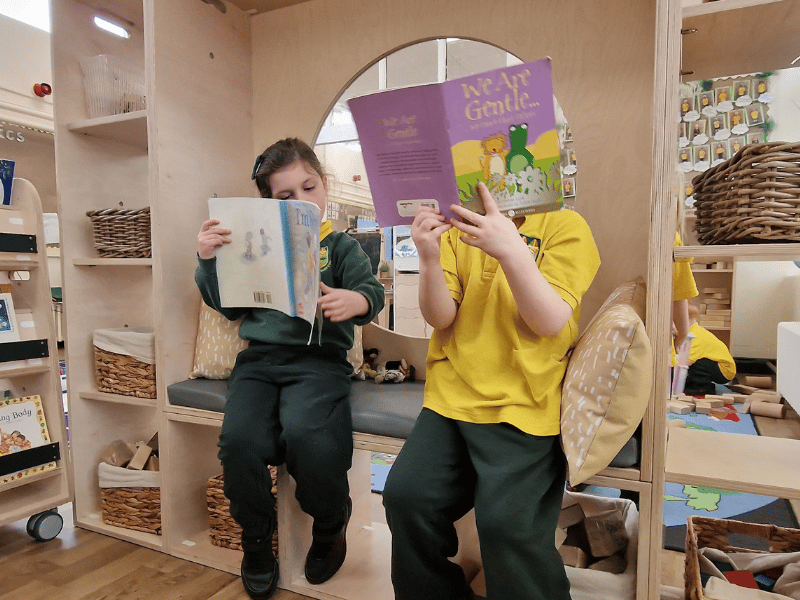
Generally preschool and nursery settings will begin with phase 1 phonics. Phase 1 of the phonics programme is split into seven aspects, each building on the previous aspect.
This blog will look in detail at each of the seven aspects and provide suggested activities and session ideas.
Aspect 1 - General Sound Discrimination – Environmental Sounds
Educators need to raise children’s awareness of the sounds around them to fully develop their listening skills. In order for children to tune their listening into the wider world practitioners can take classes on ‘Listening Walks’ in their outdoor space or local area.
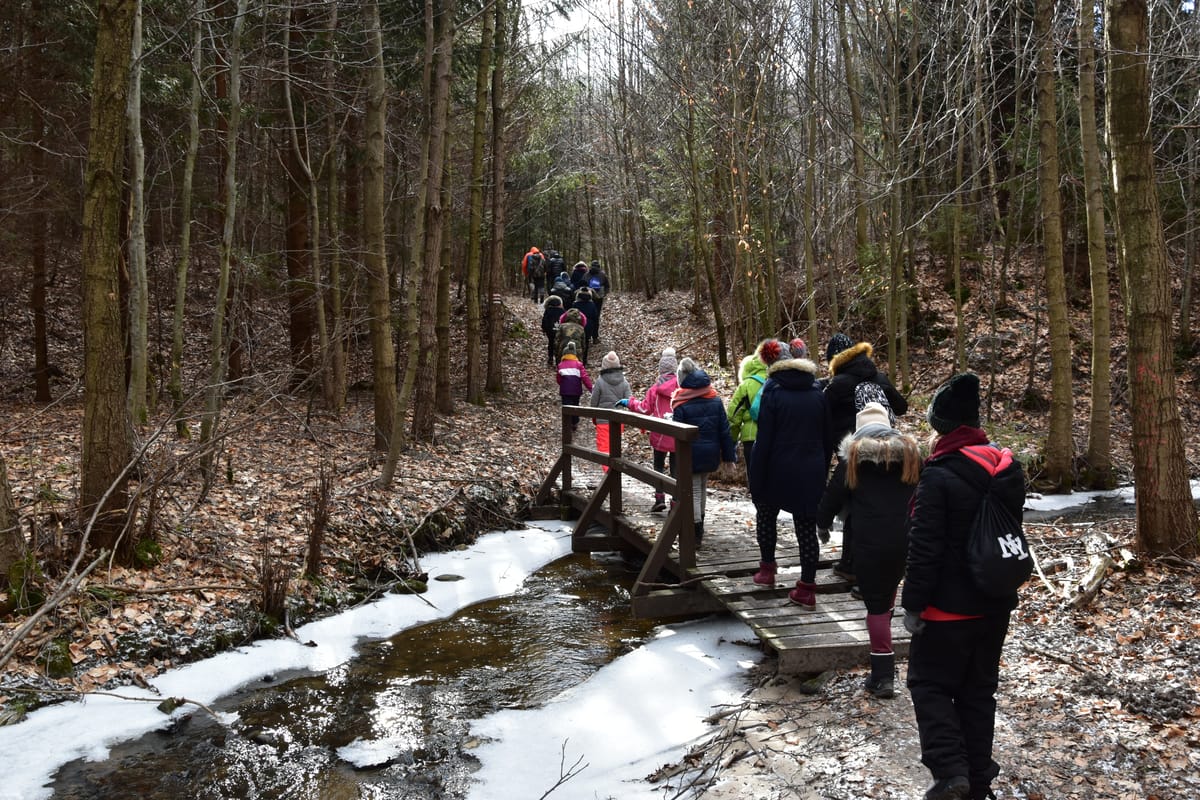
Children can listen out for environmental sounds such as birdsong, rustling trees, grasshoppers chirping, leaves crunching, water flowing or cars passing. Pupils can be given a beater or a stick to experiment with making their own sounds by hitting a range of surfaces.
Different sound lotto puzzles can be used to match images to sounds. Children can match animal pictures to sounds animals make and can have a go at imitating the sounds too!
Game - Hiding Ted
One child will leave the room whilst ‘ted’ is hidden. The rest of the class will then use vocal clues to guide the child to the toy’s location. Classes can sing a well-known song/nursery rhyme and when the chosen child gets nearer to ‘ted’ children can make their voices louder or quieter the further away they get.
Aspect 2 – Instrumental Sounds
In aspect 2 children develop their listening skills learnt in aspect 1 by listening to music and playing with musical instruments.
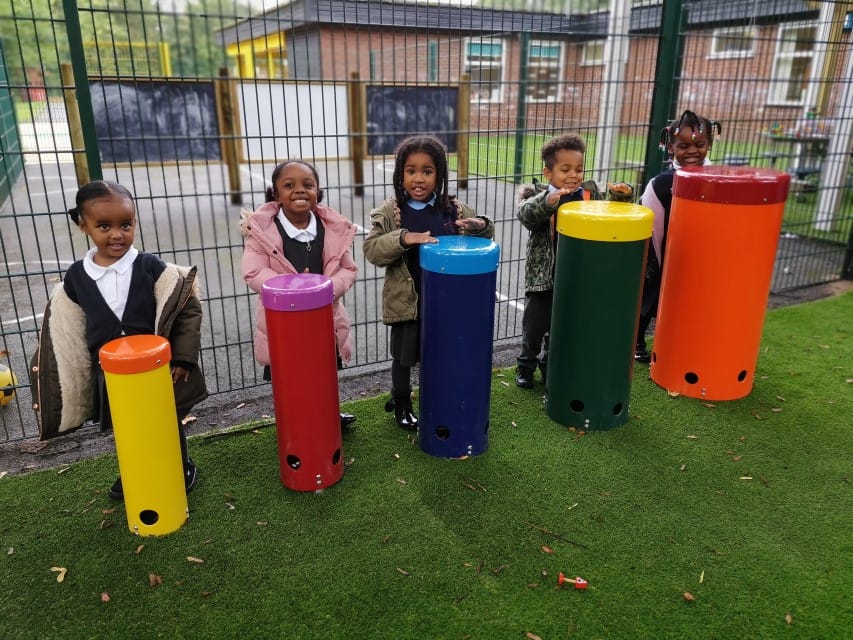
Having a range of musical instruments in your setting for children to play with such as a Marimba, Freestanding Chimes, tambourines, recorders and Drum Seats allows learners to have fun whilst exploring musical possibilities.
Children can experiment with both loud and quiet sounds in the indoor and outdoor environment.
Once pupils are familiar with the sounds a group of different instruments makes games can be played where a pupil stands behind a screen and chooses an instrument to play, the rest of the class must guess correctly.
To add further challenge a child could play over recorded music or their own singing voice, this will make it more difficult for classes to correctly identify the instrument being played.
Game - What’s the Sound Mr Wolf?
As a group decide which instrument best matches with a certain way of travelling/movement. For example - chimes could signal tip toes, a drum long strides and shaking a tambourine - jumping.
A pupil or adult can take turns playing the different instruments selected whilst the rest of the group moves forward performing the matching action in order to get closer to Mr Wolf!
Aspect 3 – Body Percussion
In aspect 3 children learn to use their bodies to create sounds. Learners focus on making sounds with their bodies rather than their voices by clapping, stomping, clicking and patting.
Children will enjoy learning and singing well-known songs and nursery rhymes which involve actions and clapping such as, ‘If You’re Happy and You Know It, Pat-a-Cake and Wind the Bobbin Up.’ It is important for children to become familiar with a range of songs and rhymes, knowing when to create sounds, add movements or to be still.
When seated in a circle, pupils can pass body percussion sounds around the group. A teacher can start by performing the action ‘clap, clap, clap.’ The action is passed around the group until it returns to the adult. Practitioners can ask ‘Did the sound get faster/slower as it travelled around the group?’ Sound sequences can be made more challenging such as ‘clap, clap, stamp, pat.’
Game - Keep the Rhythm
Using the nursery rhyme ‘Hickory Dickory Dock’ ask children to listen and identify the ‘tick tock’ rhythm with their voices.
Ask children to tap out a steady ‘tick tock’ rhythm as they say the rhyme. Children can experiment using different body percussion methods such as clapping or hitting knees, keeping the ‘tick tock’ rhythm going as they sing the song again.
Aspect 4 – Rhythm and Rhyme
Children are now ready to explore patterns in speech. They learn to tune into words that end with the same sound pattern. Illustrated rhyming books offer ideal starting points for young children as they learn to respond to the patterns of speech and anticipate the next rhyming word.
.jpg)
Throughout the day practitioners can encourage children to think about and play with rhyming words. Prompts can be given such as, ‘I know a word that rhymes with cat, you put it on your head and the word is …hat’ Rhyming prompts can be used in many different situations and can include children’s names, ‘I know a boy whose name is Ben, he’s holding up his favourite number…ten’
Game - Odd One Out
Place objects in front of the children such as a block, a sock and an apple. Pupils are to select the odd object out. Once familiar with this concept spoken words can be used instead of physical objects.
Go on a Rhyming Treasure Hunt – An outdoor rhyming treasure hunt can be created by writing and laminating numbered rhyming clues. Each clue card can lead children to the location of the next clue until they find the ‘treasure!’ Example clues can include: ‘Very tall and quite wide, we have fun when we go down the…slide’ ‘In the water table we use a funnel, the next clue is inside the…tunnel.’
Aspect 5 – Alliteration
Children will now begin to hear letter sounds in speech. Initial sounds can be more difficult than rhyming words for children to identify but there is lots of fun to be had finding words which begin with matching initial sounds and also making up nonsense words.
Opportunities to focus on initial sounds will arise throughout the day. Practitioners can emphasise initial sounds when giving instructions such as Let’s put on our h-h-h hats, children can be encouraged to repeat instructions. Playing I Spy with letter sounds is also beneficial at this stage.
Game - What’s in the Bag?
Place a selection of items in a bag or box and ask children to pull one item out. Encourage the pupil to identify the initial sound of that object and to find another item in the indoor/outdoor setting that starts with the same sound, before a timer runs out.
Activity – Pirate Names
This game would fit in well within a ‘Pirates’ topic were children have discussed pirate names and words associated with pirates.
.jpg)
Place a set of alphabet cards into a treasure chest and ask a pupil to pull out a card with a letter sound on it. Children need to invent a pirate name that starts with their chosen sound. For example, ‘I am Bobby Blackbeard the pirate or Ruthless Rob/Davey Dreadful.
Outdoor Activity – Silly Soup at the Mud Kitchen
Provide a group of children with a selection of items with names that begin with the same sound. Show them how you can make some ‘silly soup’ by putting ingredients which begin with the same letter sound (e.g. leaf, lemon, lollipop, ladybird) into a pan in the mud kitchen area. Allow children to play with a bag of mixed items, concocting their own recipes.
Playing together, practitioners can recite children’s ingredient choices and offer feedback on their silly recipes. Draw children’s attention to mouth movements when we form sounds and say each word.
Aspect 6 – Voice Sounds
This aspect focuses on children making specific sounds with their voices. Children should be encouraged to copy the environmental sounds they hear.
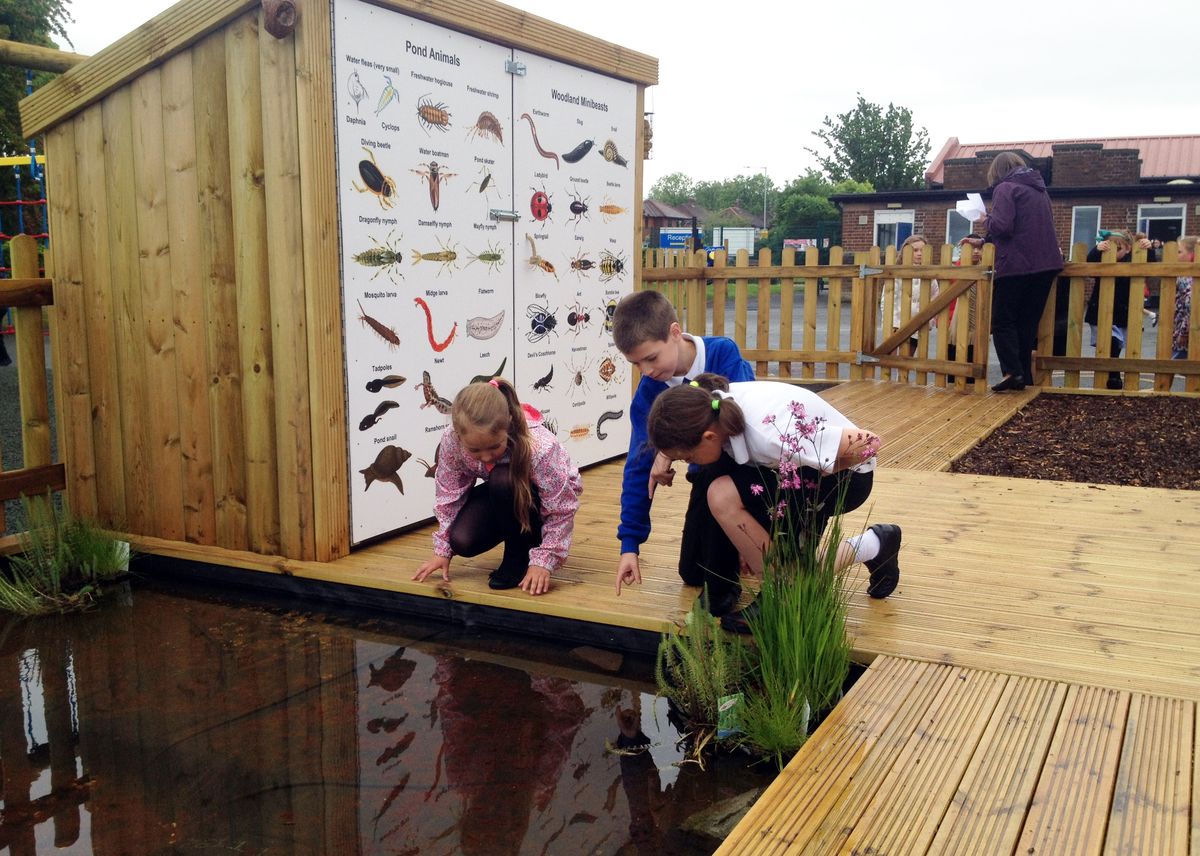
In order for children to be able to form sounds correctly practitioners can help them to explore different mouth movements such as blowing, sucking, tongue stretching and wiggling. Practising these movements to music can help children to articulate.
Encourage children to make different voice sounds such as:
- Hiss like a snake – ssssss
- Moo like a cow – mmmoooo
- Buzz like a bee – zzzzz
- Chug like a steam train – chchchchch
- Make your voice go down a slide – wheeee!
- Make a siren sound – wee-woo
- Tick like a clock – tick-tock
The use of hand movements/actions will reinforce these sounds. Small mirrors for children to observe their faces, lips, teeth and tongue will be useful as they make different speech sounds and experiment with their voices.
Game – What’s in the Bag?
Place a variety of items inside a bag/backpack. An adult says to the children, ‘What’s in the bag? What could it be? Let’s sound and see.’
The adult then sounds out one of the items in the bag. For example, a m/a/p. Encourage children to join in, exaggerating the sound of each phoneme, followed by blending the phonemes to make the word. Ask a child who thinks they know what the item is to look in the bag and see if they can find it.
Aspect 7 – Oral Blending and Segmenting
This last aspect builds on all the previous phase 1 aspects: listening carefully, developing rhythm, rhyming, identifying initial sounds and making voice sounds.
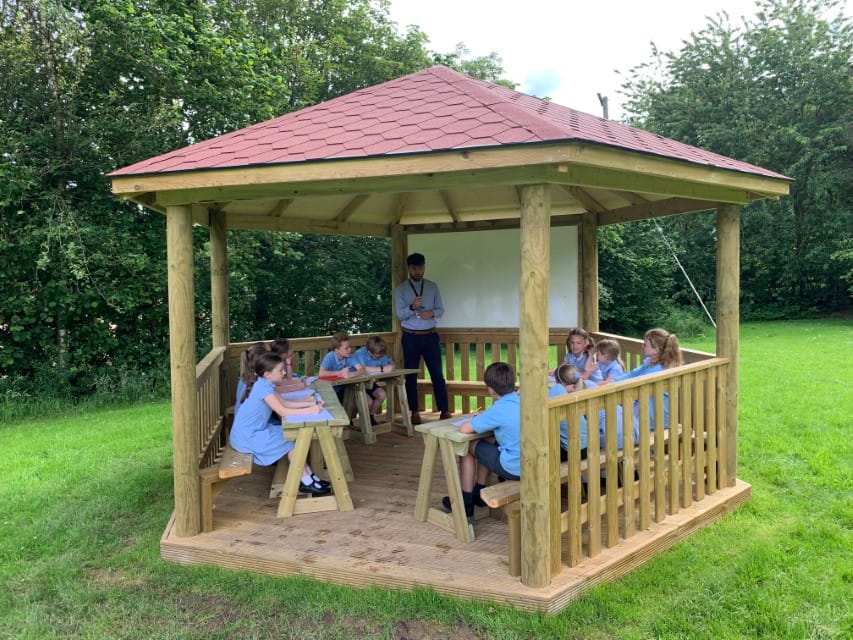
Firstly, children need to learn to hear the syllables in words. Learners can start by clapping or stamping to the rhythm of spoken words – one clap per syllable. Learners can clap the number of syllables in their name. Once they have mastered this, they can find other children or objects in the environment which have the same number of syllables.
Adults can build on from this when asking questions and giving instructions. Such as ‘Lets tidy up the b/l/o/ck/s – blocks. Can you hear the r/ai/n? – rain’ In this way adults are segmenting the last word into separate phonemes and then blending the sounds together to say the word.
Oral blending can also be modelled when sharing story books, particularly using rhyming books where the last word in a rhyming couplet could be segmented into separate sounds and blended by an adult.
Game Idea – Item Find
Place a selection of items with names containing one or two syllables in the middle of the group. Pick a card matching one of the items and tell the children that they are looking for something that starts with ‘c’.
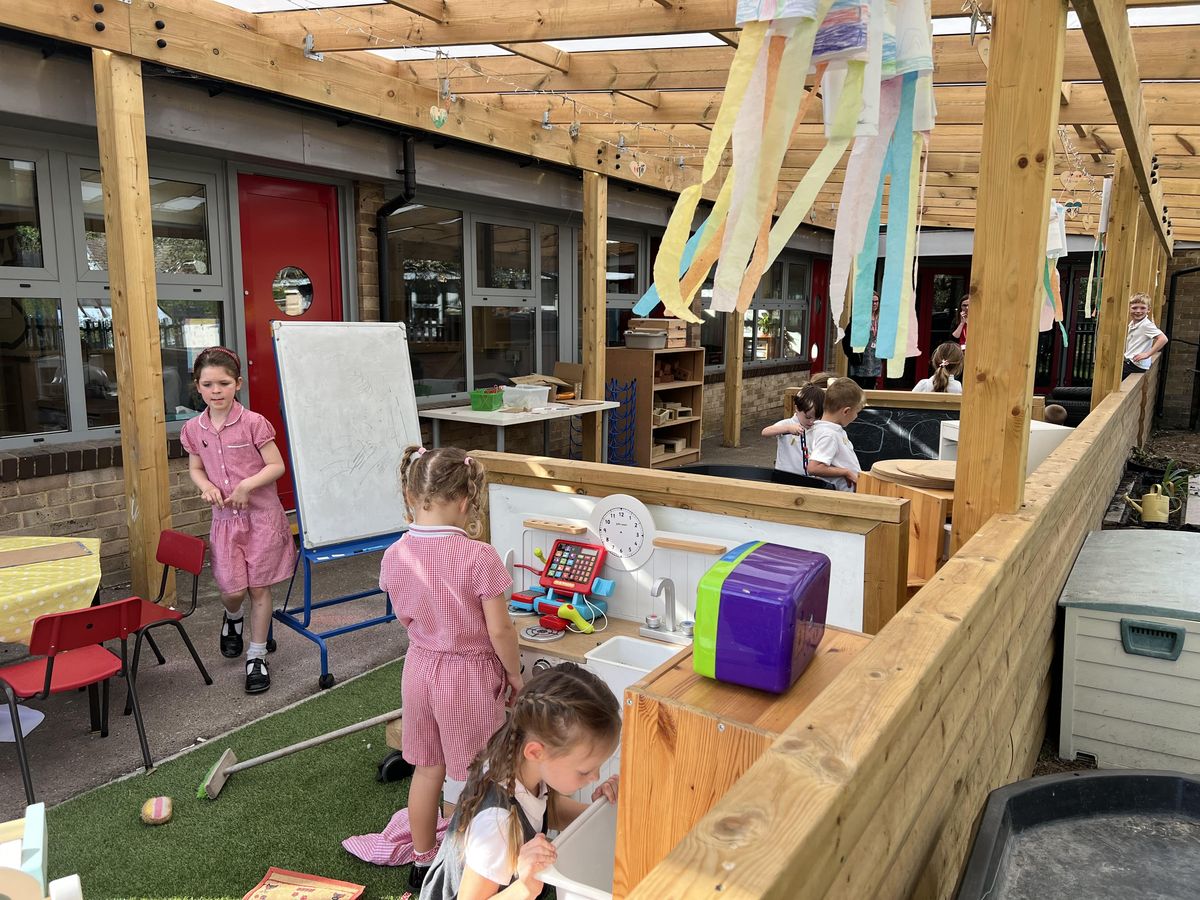
Then give another phoneme which is the next clue. ‘You are now looking for c/u. Repeat the process until all the sounds have been read out c/u/p. A child repeats the sounds and blends them together to see if they have selected the correct item.
Activity – Robot Voices (robot prop needed)
Tell the children that a robot has come to visit them but he can only understand them if they speak like a robot. The class are going to show the robot different items and if they are successful robot will move or make a noise. A child might say ‘Hello robot, this is a s/o/ck.’
Small Group Activity – Roll and Sound
Working in small groups, children are to sit in a circle. Show the group a picture card which also has a written CVC (consonant, vowel, consonant) word on it. The child who begins with the ball says the first letter sound of the word before rolling to another child who says the next sound and so on. Children are practising blending letter sounds to make a word.
Why is Mastering Phase 1 Phonics Important?
Once children have mastered all seven aspects of phase 1 phonics, they will be ready to begin phase 2 which usually happens in Reception class. In phase 2 children are taught all the sounds that each letter of the alphabet makes. Letters are taught in particular sets within phase 2 so that children can begin to blend sounds together to create words.
Phase 1 phonics forms the basis of children’s reading and writing skills, the stronger children’s skills are at this stage, the easier they will find the next phases.
Pentagon Play can help nurseries and schools to be able to entwine phase 1 phonic activities into daily practice.
Questions to consider:
- Are you providing adequate spaces for children to talk and think together?
- Do you offer cosy spaces free from noise and distraction in order for children to listen well?
- Are you providing a range of different musical instruments?
- Does the outdoor space facilitate phase 1 phonic learning?
- Do you have enough resources to aid phonic learning?
The importance of phase 1 phonics cannot be underestimated. This vital phase needs to be thought of and planned for as part of a language rich environment where communication and speaking and listening skills are at the heart of the early literacy curriculum.
